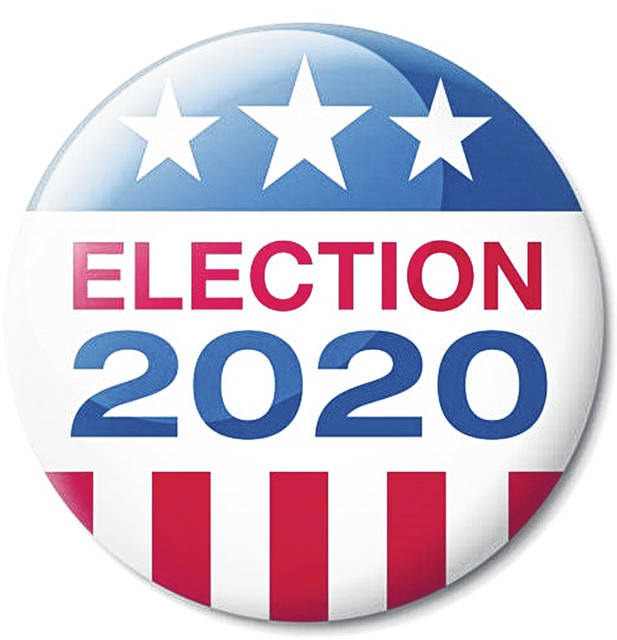
Election Day is finally upon us.
Or at least what we still call Election Day, since more than 93 million Americans have already cast ballots in an election that has been reshaped by the worst pandemic in more than a century, its economic fallout and a long-simmering reckoning with systemic racism.
Here are some key questions we are considering as the final votes are cast and counted:
What do Americans want?
Elections are always about where Americans want to steer the country. That’s especially true this year as the U.S. confronts multiple crises and is choosing between two candidates with very different visions for the future.
President Donald Trump has downplayed the coronavirus outbreak even as cases surge across the U.S. He has panned governors — virtually all Democrats — who have imposed restrictions designed to prevent the spread of the disease. And he has bucked public health guidelines by holding his signature campaign rallies featuring crowds of supporters — often unmasked — packed shoulder to shoulder.
His Democratic rival, Joe Biden, has said he’d heed the advice of scientists. He’s pledged to work with state and local officials across the country to push mask mandates and has called on Congress to pass a sweeping response package.
Trump casts protests of systemic racism as radical and has emphasized a “law and order” message to appeal to his largely white base. Biden acknowledges systemic racism, picked the first Black woman to appear on a major party’s presidential ticket and has positioned himself as a unifying figure.
The candidates also hold distinctly different views on everything from climate change and the environment to taxes and the scope of federal regulation.
Turnout approach
The two parties took wildly different approaches to contacting voters amid the pandemic.
Democrats stopped knocking on doors in the spring, going all-digital and phone. They resumed limited in-person contacts in September. Republicans continued traditional field work the entire campaign.
The GOP can point to success in increasing their voter registration in battleground states. Democrats can point to their early voting success, including from notable slices of new voters. But only the final tally will vindicate one strategy or the other.
Peaceful voting?
Each major party can install official poll watchers at precincts. It’s the first time in decades Republicans could use the practice after the expiration of a court order limiting their activities. So it’s an open question how aggressive those official poll watchers will be in monitoring voters Tuesday or even challenging eligibility.
The bigger issue is likely to be unofficial “poll watchers” — especially self-declared militias. Voter intimidation is illegal, but Trump, in the Sept. 29 presidential debate, notably refused to state plainly that he’d accept election results and instead said he is “urging my supporters to go into the polls and watch very carefully, because that’s what has to happen. I am urging them to do it.”
In Michigan, where federal authorities recently arrested members of anti-government paramilitary groups in an alleged plot to kidnap Democratic Gov. Gretchen Whitmer, the Democratic secretary of state tried to impose a ban on carrying firearms openly at a polling place. A Michigan judge struck down the order.
Trump’s reelection depends on driving up his margins in rural areas and smaller towns and cities — those expansive swaths of red on the county-by-county results map from 2016.
But acres don’t vote, people do, and Biden is casting a wide demographic and geographic net. His ideal coalition is anchored in metro areas, but he hopes to improve Democratic turnout among nonwhite voters and college-educated voters across the map.
There are places where the competing strategies overlap: exurban counties — those communities on the edges of the large metropolitan footprints — and counties anchored by smaller stand-alone cities.
One potential indicator that could have close-to-complete unofficial returns sooner than later and portend broader results is Montgomery County, Ohio — Dayton and its surroundings. They make up one of the 206 “pivot counties” that flipped from President Barack Obama to Trump.
Obama won 51.4% of the vote in 2012 to 46.8% for Romney (Obama’s statewide win was 50.6-47.6). Trump nipped Hillary Clinton in 2016, but mostly because she lost 15,000 votes from Obama’s 2012 count (137,139), while Trump fell only about 950 votes short of Romney’s mark (124,841).
A clear Biden rebound with a Trump drop-off is not the trend Republicans want to see in a midsize metro footprint.


